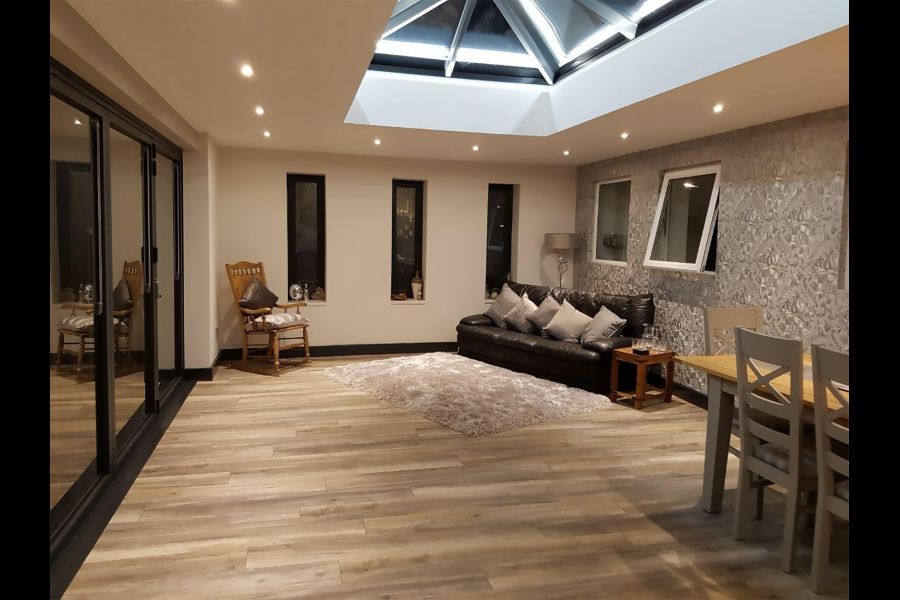Most of us have been in an old building that sported cast iron radiators. Whether the plain cast utilitarian version or ornately decorated upscale models, these rads were the Victorian answer to creating a warm, comfortable environment in private homes and commercial buildings.
Everything about this new technology appealed to the Victorian ethos. It was efficient, relying on a single heating source as opposed to multiple fireplaces or stoves. It was clean, since all of the fuel-loading activities could be confined to the basement and exhausted out a single chimney. Plus, the gentle constant heat was leagues above the cyclical roast to chill temperatures in spaces heated with previous wood- or coal-fired options.
Originally patented in 1863, the 19th-century radiators were designed to interface with steam lines and quickly grew so popular that many cities laid steam pipe grids under public roads to service the demand.
In fact, Toronto’s downtown core was criss-crossed with tunnels for these pipes; all supplied by the Central Heating Plant, which produced 330,000 pounds of steam per hour up until the 1980s. However, while this centralized supply was practical for commercial buildings, it couldn’t be scaled in a cost-effective manner for individual houses, which were required to have their own boiler.
Like many new innovations, early adopters of this technology were those with the deep pocketbooks that could afford boiler, piping and radiators. Still, it didn’t take long before the “average” new house was being built with hydronic heating and many existent homes retrofitted to a boiler/rad format. Quite simply, it was the better way to go.
By the turn of the 20th century, pressurized steam had been replaced by hot water systems in households and over the next 100 years the technology continued to evolve. Modern high-efficiency boilers are comparatively tiny. Hard surfaces like ceramic tile can generate delightful warmth under foot. Aluminum radiators, with the water pipes cast-in, snap together and precisely mimic residential baseboards while gently warming interior spaces.
So, why aren’t the majority of North American houses heated hydronically? The simple answer is that developers and builders preferred the “bang-it-together” nature of forced-air systems, thereby setting the standard and, by volume purchase, reducing the equipment cost.
A shame in many ways, since modern hydronic systems deliver much more comfortable and consistent temperatures at a lower energy consumption-to-delivery ratio than most alternate heating systems.











